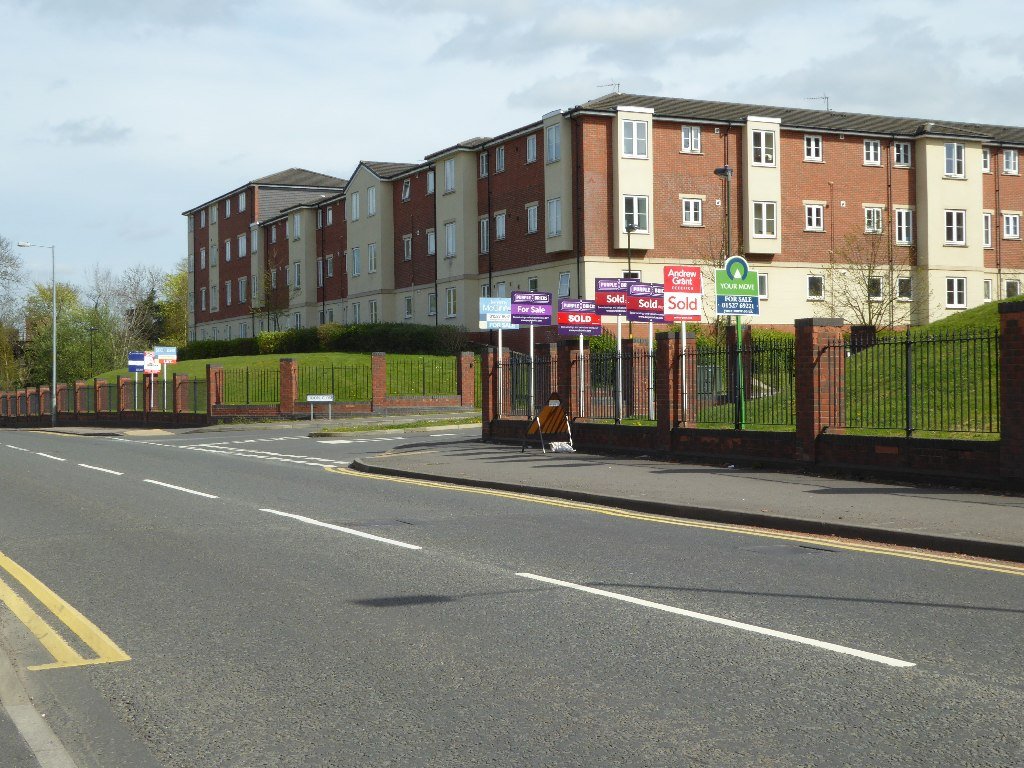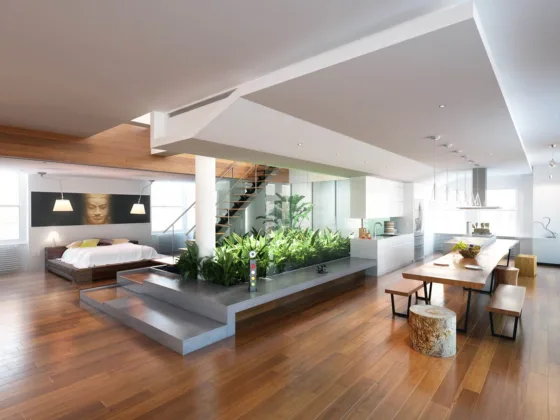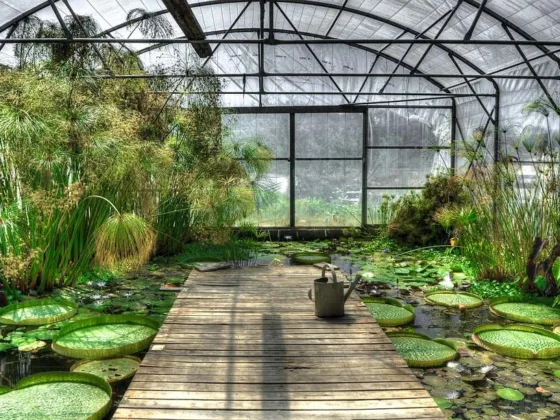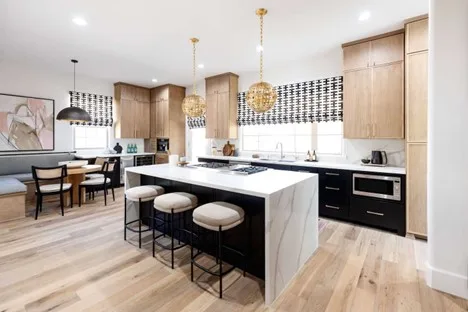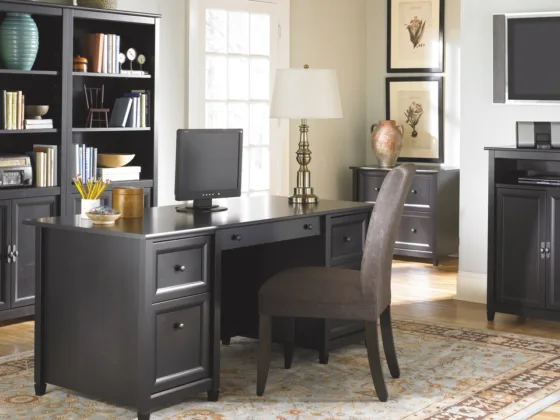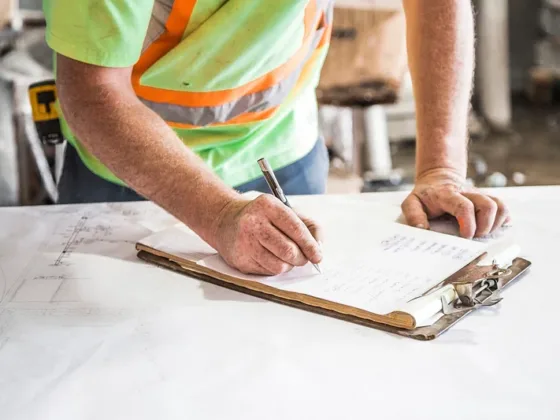Table of Contents Show
Heat pumps are very efficient and can save you money on your energy bills. Keep reading to learn more about how heat pumps work.

What Is a Heat Pump and How Does It Work?
So, what keeps a heat pump working? A heat pump is a device that uses energy to move heat from one place to another. The most common type of heat pump is the air-source heat pump, which moves heat between the inside and outside of a building.
Air-source heat pumps are used to heat buildings in cold weather and to cool buildings in hot weather.
Heat pumps work by using a refrigerant to absorb thermal energy from one place and then release it at another place.
In an air-source heat pump, the refrigerant absorbs thermal energy from the outdoor air and releases it inside the building. This process causes the outdoor air to become colder and the indoor air to become warmer.
Read Also:
How Does a Reversing Valve Work in A Heat Pump System?
A reversing valve is a device used in heat pump systems to change the direction of the flow of refrigerant from heating to cooling or vice versa. In the heating mode, the reversing valve directs the refrigerant to flow in a clockwise direction around the outside of the coil, which warms up the air that is blown into your home.
In cooling mode, it reverses the flow so that the refrigerant flows in a counterclockwise direction and cools down your home.
How Much Will It Cost to Install a New Heat Pump System in Your Home?
When considering the cost of a heat pump installation, there are many factors to consider. The size of the home, the climate, and the type of heat pump all play a role in how much it will cost to install a new system.
The most important factor in determining the cost is the size of the home. A larger home will require more equipment and labor than a smaller one, so it will be more expensive to install a heat pump system in a larger home.
Climate is also important; homes in colder climates will need a more powerful system than those in warmer climates. The amount of insulation and weatherproofing on the home can also affect how much it costs to install a new system.
Finally, the type of heat pump affects installation cost. Split systems are generally less expensive to install than whole-house systems, but they also have lower efficiency ratings. Conversely, whole-house systems are more efficient but also more expensive to install.
What Are the Basic Principles of How a Heat Pump Works?
The most common use of a heat pump is to extract heat from an exterior source and transfer it inside the building. In the winter, the heat pump extracts heat from the outside air and delivers it inside.
In the summer, the process is reversed and the heat pump removes heat from the building and transfers it outside.
The basic principles of how a heat pump works are fairly simple. The pump contains two sets of coils: an evaporator coil and a condenser coil. The evaporator coil is located inside the building, while the condenser coil is located outside. When the pump is turned on, refrigerant gas flows through the coils.
The refrigerant gas in the evaporator coil absorbs thermal energy from the air inside the building. It then turns into a liquid and flows to the condenser coil, where it gives up its thermal energy to the outside air.
This process causes the refrigerant gas to become hot and turn back into gas. It then returns to the evaporator coil where it starts absorbing thermal energy again
Overall, heat pumps are important because they can provide adequate heating and cool for a building.

